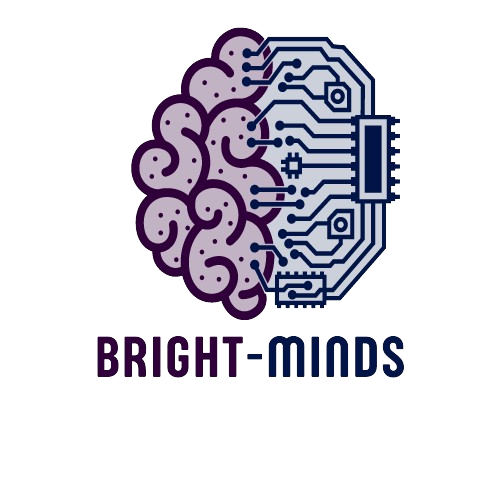Unlocking Language Skills One Sound at a Time
If you’ve ever watched a child light up as they read a word out loud for the first time, you’ve witnessed the power of phonics in action.
For parents, educators, and even professionals supporting literacy development, understanding how phonics builds vocabulary is essential. And if you’re just starting out on this learning journey—whether for your child, your team, or even yourself—you’re in the right place.
In this guide, we’ll explore:
- What phonics really is and how it supports vocabulary building
- Why it’s more relevant than ever in today’s learning landscape
- Practical, proven tips for boosting vocabulary using phonics strategies
- How you can take the next step toward language mastery and long-term literacy success
Let’s begin with the basics.
🔤 What Is Phonics—and Why Does It Matter?
Phonics is the method of teaching reading by correlating sounds with letters or groups of letters. It’s not just about decoding—phonics creates the foundation for a rich and expanding vocabulary.
When learners understand how words are built from sounds, they become more confident readers and, eventually, more expressive communicators. And that’s not just helpful in school—it’s a lifelong skill with real-world, career-building potential.
🧠 Why It Works:
- It taps into how the brain processes sounds
- It encourages reading fluency, which leads to faster vocabulary acquisition
- It improves spelling and word recognition, reducing reading frustration
📈 Industry Insights: Why Phonics Is Back in the Spotlight
In recent years, there’s been a renewed push in education circles to prioritize structured phonics instruction. This shift is largely due to mounting research that supports the “Science of Reading”—a body of evidence showing phonics as a key pillar in early literacy.
📰 Market Trends You Should Know:
- EdTech companies are integrating AI-driven phonics into reading apps
- Public school systems are refocusing on phonics-based curriculum
- Parents and caregivers are demanding better literacy tools to support at-home learning
This means there’s a growing demand for accessible, effective, and engaging phonics tools—not just for children, but also for professionals who want to communicate more clearly and boost their own vocabulary.
🛠️ How Phonics Enhances Vocabulary: Breaking It Down
Here’s the simple truth: The better someone understands the building blocks of words (i.e., phonemes and morphemes), the easier it is to decode new vocabulary.
Let’s say your child knows the phonics rule that “ph” sounds like /f/. Suddenly, words like “phone,” “elephant,” and “symphony” become readable—and meaningful.
Real-World Vocabulary Growth Through Phonics:
| Phonics Rule | Vocabulary Expansion |
| “sh” = /ʃ/ | ship, shop, shy, sharpen |
| “tion” = /ʃən/ | action, motion, function |
| Silent “e” changes sound | hop → hope, bit → bite, kit → kite |
Tip: Use real-life examples—like reading menus, signs, or instructions—to reinforce these patterns.
🧩 Tips and Tricks for Building Vocabulary Through Phonics
Whether you’re a parent helping a young learner or a professional looking to refine your communication skills, these practical tips can make phonics a fun and powerful tool.
1. Play Word Building Games
Use letter tiles, cards, or apps to help learners build new words from familiar sounds.
🧠 Try This: Give the base word “run.” Can they add prefixes or suffixes? (running, rerun, runner)
2. Practice Word Families
Help learners group words with similar endings: cat, bat, mat, sat. This builds pattern recognition, making it easier to remember and apply new vocabulary.
3. Use Storytime Strategically
Pick stories that emphasize target phonics sounds or vocabulary sets. Ask your child to spot or highlight the words they’ve learned through phonics.
4. Incorporate Multi-Sensory Learning
Blend visual, auditory, and kinesthetic learning. Use tools like:
- Sand writing
- Tracing letters
- Singing phonics songs
This technique boosts retention and engagement—great for both kids and adult learners!
5. Label Everything
Turn your home, classroom, or office into a vocabulary-rich environment. Label objects with phonics-based words (e.g., “chair,” “lamp,” “phone”).
Relatable Tip: Try doing this in a second language, too, if you’re raising a bilingual child or learning a new language yourself.
💬 Real-World Applications: Why Vocabulary Matters
Phonics and vocabulary aren’t just about passing spelling tests. They’re about equipping learners to understand the world, express themselves, and ultimately succeed in life and career.
Here’s how strong vocabulary impacts the real world:
- Financial literacy: Understanding key terms like “budget,” “interest,” and “investment”
- Career advancement: Clear writing and speaking increases professional credibility
- Digital fluency: Interpreting and acting on instructions in tech-driven environments
A growing vocabulary supports comprehension across every subject—math, science, social studies, and more.
🌱 For Company Employees: Why You Should Care
If you’re an employee working in training, HR, marketing, or customer service, vocabulary and clear communication are essential.
Here’s the ROI of Strong Language Skills:
- Fewer misunderstandings
- Improved customer satisfaction
- Stronger internal communication
- More confident writing in emails, presentations, or proposals
Even if you’re not teaching phonics directly, understanding how language is built can help you coach team members, create better training materials, and foster inclusive communication.

